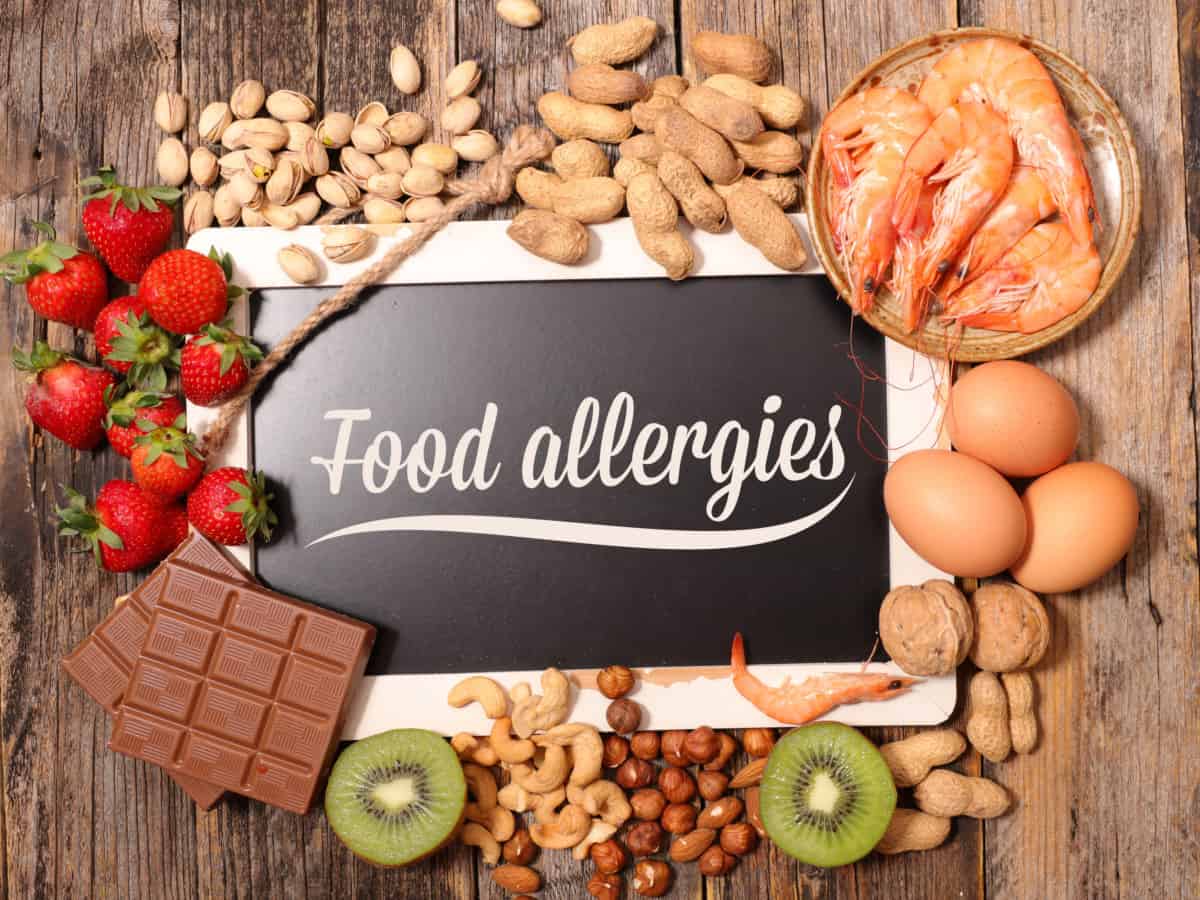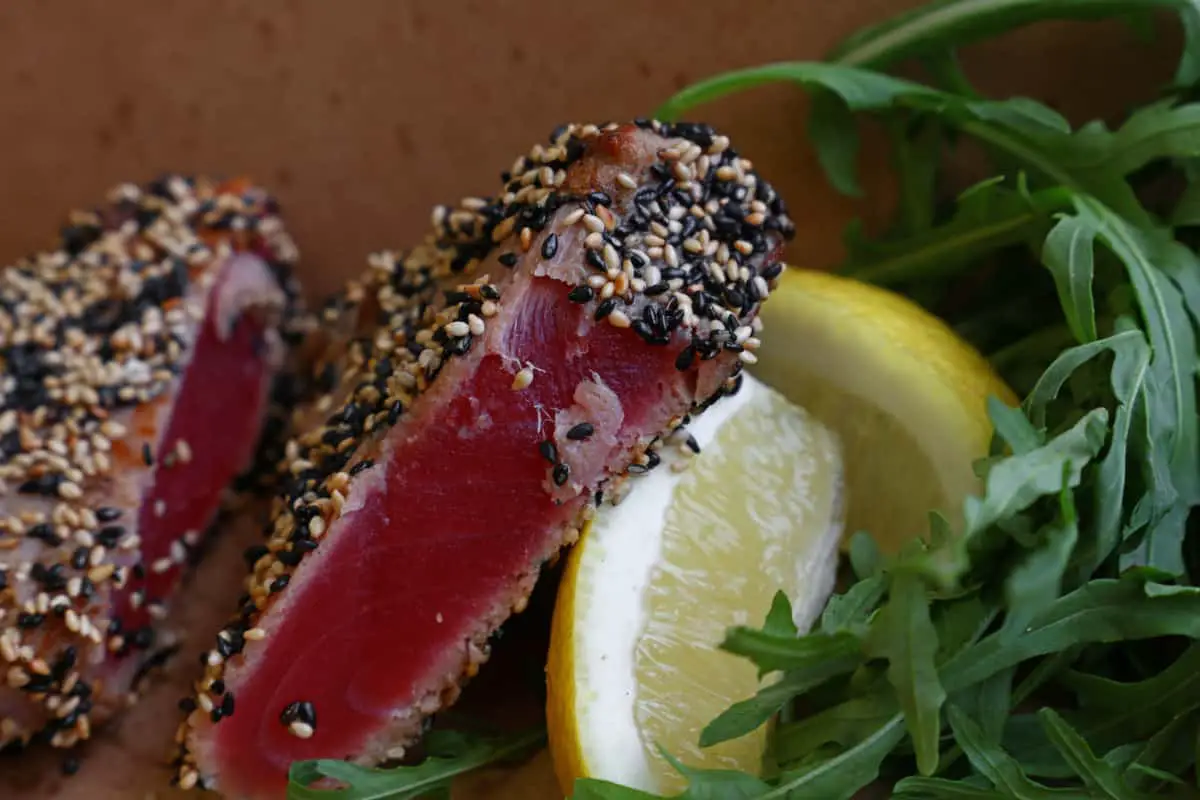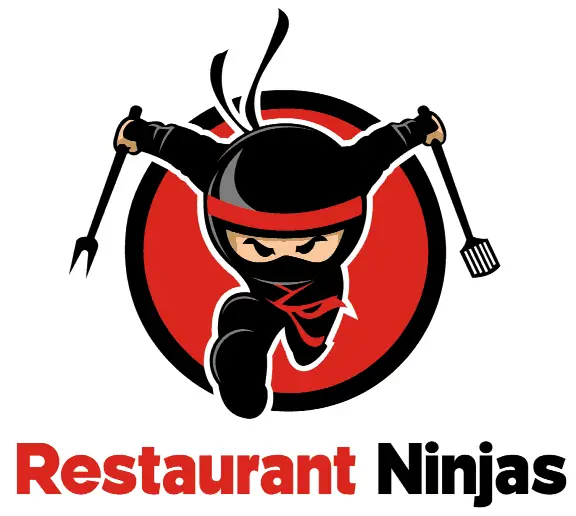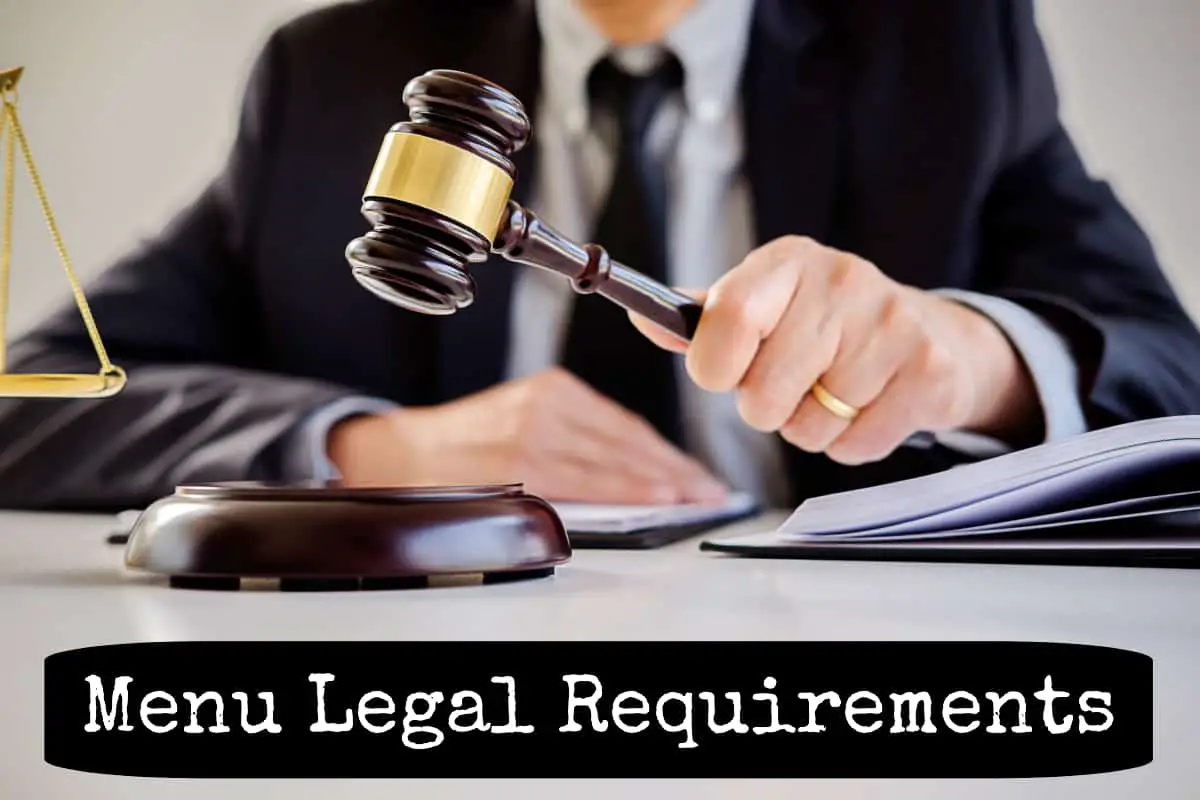Obesity is an enormous problem in the United States. In an attempt to help consumers make better eating choices when dining out, the United States Government has enacted a standard for menu labeling to make calorie counts evident to the public.
Do you need to list calories on your menu? If you are considered a covered establishment by the FDA then you are required to follow the Menu Labeling Guidelines and include calorie count on your menu.
Varying degrees of menu labeling had been required previously by certain localities but became a National law in May of 2018. Establishments that are required to follow the menu labeling guidelines must disclose calories and have nutritional facts available.
Covered Establishments
Restaurants that are required to adhere to the menu labeling laws are defined by the FDA as “covered establishments.” Whether or not a restaurant is considered a covered establishment boils down to whether you are independent or part of a chain. A chain can be defined as any establishment selling food that has 20 or more locations serving primarily the same menu.
Franchise owners are considered a restaurant even if they only have a handful of locations. Even though those locations are independently owned, they are still part of a larger chain.
There are some exceptions to this, so be sure to check out the guidelines in their entirety if you question whether or not your establishment is considered a covered establishment.
Foods: What is Covered & What is Exempt
The menu labeling guidelines cover all standard menu items, including non-alcoholic beverages as well as alcoholic beverages. This basically includes anything that can be found on the menu of a covered establishment on a repeating basis.
Variable items, like optional topping or combo meals, need to include a range of possible calories. Self-service foods, like those you might find at a buffet, are required to list the information based on serving size.
Foods that are not covered would be “one-offs” like daily specials, temporary items, or food that is considered part of a test. General use condiments, like ketchup and mustard, do not need to be listed if they are optional for a given menu item.
Where Does the Labeling Need to Be
The menu labeling guidelines apply to the “primary writing” that a customer uses to make their selection. For example, a menu or menu board would qualify as primary writing. Marketing materials like banners and billboards would be considered “secondary writing” since they are just a means to entice customers into the building.
The primary writing must also include a statement about caloric intake based on a standard diet. The exact statement is as follows:
“2,000 Calories a Day is Used for General Nutrition Advice, but Calorie Needs Vary”
The other sentence that must be included is that additional nutritional information is available upon request. As a best practice, be as transparent as possible when customers have questions about nutritional values or the food preparation process.
If you offer carryout food, your carryout menu would be considered “primary writing” since that is what is being used by the customer to make their selection. The same will apply to your website if you offer online ordering.
Should You Just Follow the Guidelines Now?
If you are a small chain of just a few restaurants or even only a single unit, it makes sense to begin adopting the guidelines now. The world is becoming more conscious of what they eat with each passing year. Following the menu labeling guidelines is something that can set you apart as a better competitive alternative.
Even if you do not fall under the federal guidelines as a covered establishment, state and local governments can still pass their labeling requirements. One way around this is by registering voluntarily. If you register voluntarily, the state nor local governments can impose additional or different labeling requirements.
To voluntarily register to be subject to the FDA food labeling guidelines, you need to register. To register voluntarily, visit the FDA website.
If you are a restaurant owner that intends on following the minimum for labeling requirements, and you plan to open more locations, you should begin to learn the FDA guidelines as quickly as possible.
Other Menu Legal Issues
Other guidelines must be followed in your menu or other printed material to prevent unscrupulous owners from misrepresenting the sourcing of food.
With the farm to table movement in full bloom, sourcing food locally has become a favorite claim in print materials. To claim that a dish is “locally sourced,” it must come from no more than 400 miles away from the restaurant.
The debate of farm-raised vs. wild is another that you need to be careful within your menu. If you are going to claim that your salmon, for example, is wild-caught, then you need to be 100% sure that the salmon you are buying from your vendor is not misrepresenting its source.
The environment is a political hot topic. Calling food “sustainable” is a way to show the time and effort that was put into sourcing it. To make that claim, though, you need to be sure that it was sourced from a socially and ecologically responsible vendor.
If you are taking the time to ensure you are using quality ingredients from reputable vendors, then you should toot your own horn in your print materials. Just be prepared for transparency and back up your claims of locality and sustainability with proof.
Allergy Warnings

It might come as a surprise to consumers, but there is no federal regulation to include disclaimers about allergens in food. The Food Allergen Labeling and Consumer Protection Act of 2004 is often cited by some restaurants (especially chains) as a requirement to post warnings of the most common allergens, but that only covered packaged foods.
Unless you are making and selling pre-packaged items in your restaurant, the FALCPA does not legally apply to you. If you are selling pre-packaged items, they would require a list of ingredients with allergy warnings.
With that said, many cities and states have enacted more strict guidelines within their jurisdiction. Aside from being required to provide warnings of foods containing allergens, some states also require
- The manager on duty to be in food allergen safety
- A food allergy awareness poster
- Food allergen awareness training for staff
- Notices on menus and menu boards asking guests to notify staff of any allergies
With every state and major city feeling pressure from lobbyists, it is safe to bet that more cities and states will eventually enact similar laws. That is why so many restaurant chains provide more warnings and information about food allergens.
Save money now by just following the guidelines above rather than wait until a law is enacted, forcing you to go through the headache of adopting requirements by a legally mandated deadline.
The FALCPA requires you to follow these procedures for the eight major food allergens: fish, shellfish, peanuts, tree nuts, wheat, soy, milk, and eggs. It is a great idea to have a list of gluten-free items due to the growing prevalence of gluten sensitivities and celiac disease.
Undercooked Foods

In the last ten or so years, you might have noticed that restaurants started to include a consumer warning about the risks of eating undercooked foods. This stems from an update to the Food Code from 2009.
“Consuming raw or undercooked meats, poultry, seafood, shellfish, or eggs may increase your risk of foodborne illness.”
Printing this in your menu does not give you immunity from legal issues caused by undercooked foods. You can still be held liable if a guest reads this and still wants a medium rare chicken breast that then causes them to contract foodborne illness. The worst-case scenario is that the individual dies. Good luck explaining to his family and the judge that “he read the warning.”
Someone trying to order undercooked poultry is pretty rare. I have only seen it twice in my 20+ years in the business. A risky item to undercook that is not uncommon is ground beef. The risks associated with ground beef have led many restaurants to adopt a “medium-well or well” policy.
Unlike a steak that contains the majority of its bacteria on the surface, ground beef has bacteria throughout as a result of the meat grinding process. When you cook even a rare steak, the bacteria are usually killed because it comes into direct contact with the heat source. Ground beef would have to be cooked all the way through to an internal temperature of 155 degrees to have a similar level of risk.
In summary, be sure to include this disclaimer in your menu if you serve any of the items named in the statement. Secondly, don’t mistake the provision as a license to be stupid.
Impact of the Menu Labeling Guidelines
The goal of the FDA in implanting the caloric guidelines in 2018 was to improve overall health by lowering calorie intake and, as a result, lower obesity rates and medical costs.
At this point, it is tough to measure the effects of the guidelines. Studies have been completed, but the results of the guidelines on the calorie consumption decisions of consumers have been inconclusive. As more time passes, we will be able to look at how obesity trends were affected by comparing how they were trending before the guidelines went into effect against after.
Studies conducted before the guidelines going into effect were inconsistent, but the sample size was small.
Wrap Up
Menu labeling is here to stay in chain restaurants. Over the coming years, expect to see this expanded into more local jurisdictions. Educate yourself now on the menu labeling guidelines and other important legal matters involving your menu such as allergen notices and undercooked food warnings.
No matter where your establishment is located within the United States, if you adopt the policies of the toughest localities, you protect yourself from the headache of abrupt future legislation that would potentially require you to make changes on short notice.

